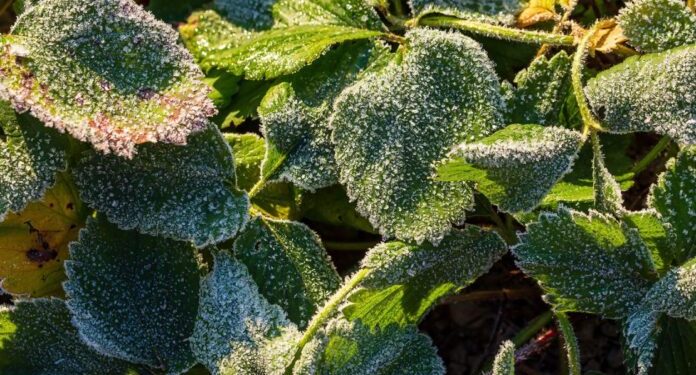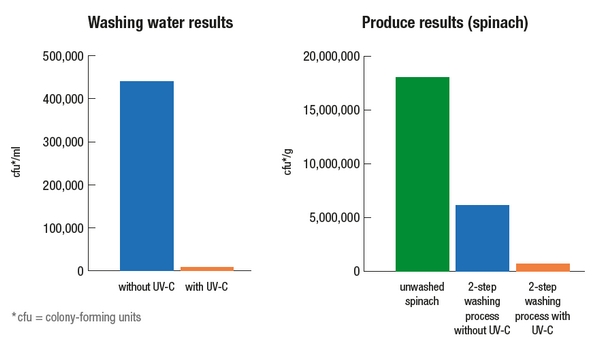#Agriculture #ClimateChange #VegetableCultivation #GreenhouseFarming #WeatherImpact #SustainableAgriculture #HeatingCosts #ColdSnap #CropResilience #ClimateAdaptation
As the Arctic chill descends, Italy faces a significant challenge in its agricultural sector. The abrupt change in weather, marked by snow, rain, and chilling winds, has triggered orange and yellow weather alerts across twelve regions, posing a threat to winter crops like cabbage, cauliflower, and broccoli. According to Coldiretti, the Italian Farmers Union, this sudden shift follows a relatively warm December in 2023, with temperatures surpassing historical averages by 1.05 degrees during the first eleven months of the year.
The impact of this cold wave extends beyond the immediate risk to winter crops. Coldiretti highlights concerns about the rising heating costs for greenhouse vegetable and flower cultivation. The plummeting mercury column, coupled with frost, not only jeopardizes the survival of resilient vegetables but also poses a threat to flowers and budding plants. The consequences of this abnormal weather could have a lasting effect on future harvests.
The frequency of extreme weather events, seasonal shifts, and rapid transitions from sunshine to storms signify the manifestation of climate change. Agriculture, more than any other economic activity, bears the daily brunt of climate change, with damages from droughts and inclement weather surpassing €6 billion in 2023.
The agricultural landscape is evolving, and farmers face increasingly unpredictable challenges. The recent cold wave in Italy serves as a stark reminder of the vulnerability of crops to sudden temperature drops. As we navigate these uncertainties, it becomes crucial for the agricultural community to explore sustainable practices resilient to changing climates. From advanced heating technologies for greenhouses to innovative crop management techniques, adaptation is key to securing the future of agriculture.











